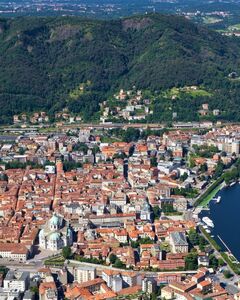
monuments near Pian delle Fontane

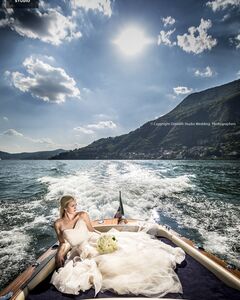
Cristiano Ostinelli is an italian destination award winning wedding photographer, based in Lake Como Italy, the studio operates all over the world , Tuscany, Venice, Amalfi Coast. His shoots of exclusive weddings all over the world distinguish for a...
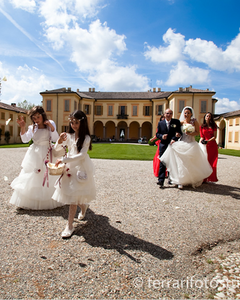
Team of experienced wedding planners with outstanding organizational skills and an innovative approach. With over 15 years of marketing and communication experience in an international environment, Paola had the idea of founding the Lake Como...

Elena Renzi provides the most demanding brides with continuous support, in order to let them enjoy every moment of the most beautiful day, by the choice of every detail before and after ‘yes’. A wedding on Lake Como turns into a dream event that you...
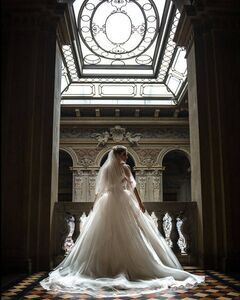
Riccardo Bestetti was born in Milano where he received his diploma in advertising photography at the European Institute of Design. In the 1985, he opens a studio where he deals with advertising and industrial photography. In the same time he works...

WeddingBox are the largest and leading planning team on Lake Como organising weddings for English speaking couples from all around the world. We have 11 years of experience planning weddings here and have won 12 industry awards to date. We love what...
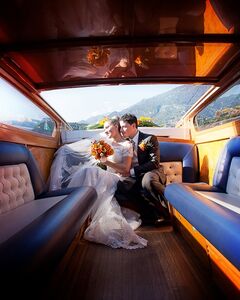
I live on lake Como and know the lake and area around the lake very well – it’s my home. We will plan the wedding day together, working through all the options available, we’ll select the locations which are just what you are looking for, the food,...


My Lake Como Wedding specialise in creating stylish, exclusive and elegant weddings on Italy's beautiful Lake Como. We have offices in the UK and on the shores of Lake Como and provide a variety of bespoke services for the modern bride and groom,...
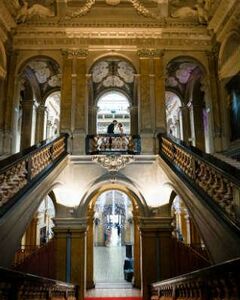
Offers the perfect wedding destination: a dramatic setting, full of natural romantic charm. Legendary Lake Como, with it's phenomenal panorama, sunny climate, exquisite cuisine and fabulous wine, makes it one of the world's top luxury Wedding...
Designed by architect Cesare Cattaneo and painter Mario Radice in 1935. It is a complex construction of circular elements whose harmonious composition consists of four spheres arranged on each other with alternate horizontal rings. Originally...
Located in Montepiatto, a village high above Torno with great hiking trails and equally fantastic views of the lake is the "Stone pendula", boulder resting on a pedestal. This boulder with its base has the appearance of a mushroom. It is thought...
Three tombs belonging to the aristocratic Andreani Family located outside the Church of St Thomas of Beckett and a castle belonging to the same family. The monuments, know as “arks” are important evidence of Lombardy sculpture that were erected...
Monument to the fallen of World War I, designed in 1926 by architect Giuseppe Terragni and built between 1928 and 1931. It consists of a long stone staircase and river pebbles surrounded by cypress trees. The staircase consists of four flights and...
Monument to commemorate the victims of World War II and resistance movements. The monument is a project of Milan sculptor Gianni Colombo. It is located in a park by the lake. It combines stones from Nazi concentration camps and city of Hiroshima...
Daniel Libeskind created this dazzling 16.5 meter (54 feet) high stainless steel sculpture near Piazza Cavour, Como. The public monument, the first contemporary work ever to be installed in Como, is an homage to famed scientist Alexander Volta who...
The burial town where Alessandro Volta is buried was originally called Camnago, and took the name of Camnago Volta in 1863 in honour of this great scientist. The mausoleum, a temple of neoclassic style, was finished in 1831, decorated with statues...
Born in Como, Alessandro Giuseppe Antonio Anastasio Volta was an Italian physicist credited with the invention of the first electrical battery, the Voltaic pile, which he invented in 1799. With this invention Volta proved that electricity could be...
In the centre of the ancient village Palanzo, situated in the hills and part of the commune of Faggeto Lario, there is an enormous wine press of the 17th century. It is made to work during the annual feast called Sagra del Torchio in October. It was...
Located in a churchyard, this statue represents a man in the act of throwing a large stone. The monument reminds locals of a battle in Libya in which alpinists of Brienno fought. The battalion Morbegno, all composed of soldiers from the lake area,...
Monument dedicated to the weaver of Francesco Somaini, where on the banks of the river Senagra, had one of its oldest and most prestigious silk factories. In the marble top is a negative image of a weaver, while below is fabric draping to the ground....
Sculpture dedicated to disabled service people. Roughly translation on the plaque goes like this: "One hand is actively serving the country in defense of institutional values. The other hand is wounded in the line of duty." The monument is the most...
At the entrance to Laglio's cemetery is a curious pyramidal tomb containing the mortal remains of prestigious doctor Joseph Frank. Born in 1771 Frank was a student of physics and medicine in Pavia. He was a pupil of Alessandro Volta, of whom he...
In 1931, Giuseppe Terragni and his brother were asked by the fascists to design a monument for the victims of World War I. Their design was based on a sketch of the Italian futurist Antonio Sant'Elia, whose sketches showed modernity, dynamics and...
The Volta Lighthouse stands on a hill in San Maurizio, 150 metres above Brunate. From Brunate you can follow a walking path up to the lighthouse and it takes less than 30 minutes to walk there. You can pay an admission and climb to the top of the...
Here, a black cross marks the spot where Benito Mussolini was shot and killed (along with his lover Claretta Petacci) by partisans, marking the last stand of the Fascist dictator's rule over Italy. Actually, he wasn't really the ruler of Italy at...